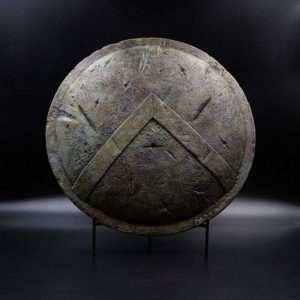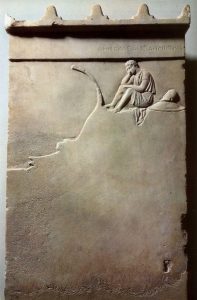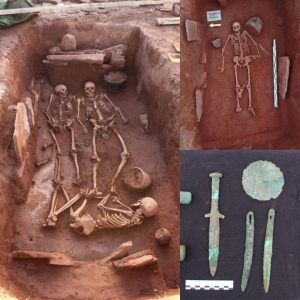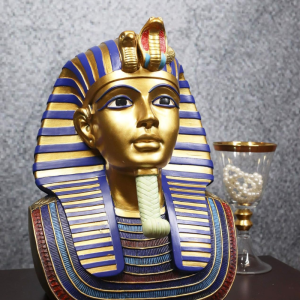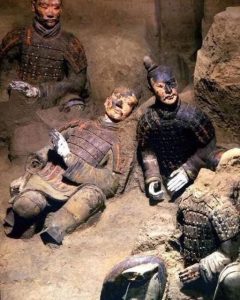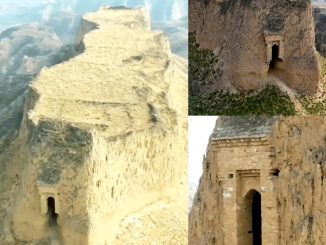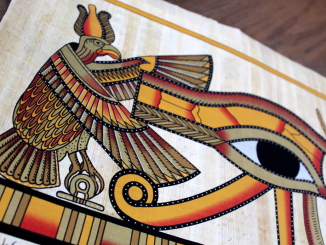Leonidas, born around 530 B.C., assumed the throne of Sparta after the mysterious demise of his half-brother Cleomenes I in 490 B.C. As a multifaceted leader, Leonidas seamlessly blended his roles as a military strategist and a political figure. His upbringing, according to Spartan traditions, involved rigorous training, both physically and mentally, fostering the skills necessary for a hoplite warrior-a role he would later exemplify on the battlefield.
The height of Leonidas’ legacy unfolded during the Battle of Thermopylae in 480 B.C. Tasked with leading a diverse coalition of 6,000 to 7,000 Greek warriors, including the famed 300 Spartans, he endeavored to thwart the Persian advance through the strategically vital coastal pass. The two-day standoff that followed, showed Leonidas’ tactical brilliance and the resilience of the Greek forces. However, a critical oversight regarding an obscure mountain route allowed the Persians, under Xerxes I, to encircle and ultimately defeat the valiant defenders.
Despite the ultimate defeat, Leonidas’ sacrifice became an enduring symbol of heroism and Spartan commitment to safeguarding Greece. The subsequent Battle of Salamis in September 480 B.C., where the Athenian navy emerged victorious, played a crucial role in thwarting the larger Persian invasion.
In the aftermath of Thermopylae, Leonidas’ personal sacrifice resonated, leading to the emergence of hero cults-a widespread practice in ancient Greece. Around 40 years later, Sparta undertook the retrieval of what was believed to be Leonidas’ remains. In homage to his bravery and the indomitable spirit of the 300 Spartans, a shrine was erected, becoming a symbol of their unwavering resolve in the face of overwhelming odds.
